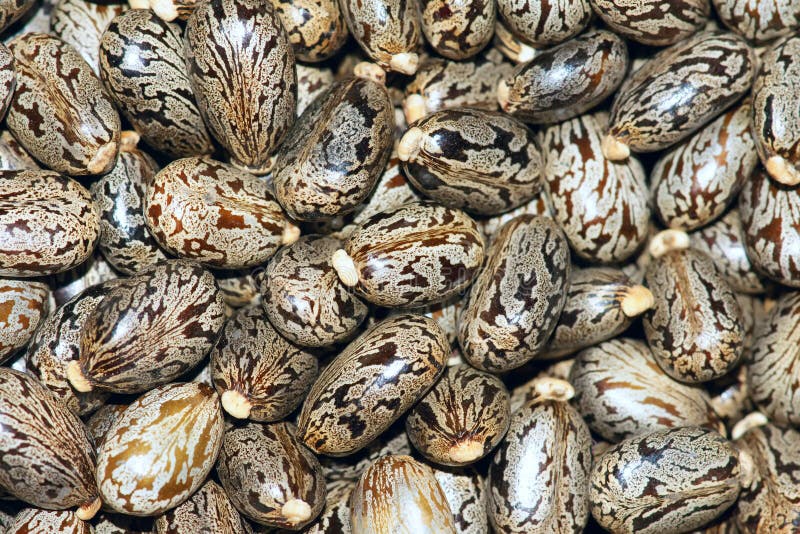Proteins are the building stones of the human body muscles, whose strength reflects the athletic health of a person. Yet, some proteins are more lethal than manufactured chemical toxins; they may lead to immediate death or death within 72 hours at most. These deadly proteins target and destroy various parts of the human body in one way or another, either through inhalation or ingestion; symptoms appear accompanied with severe and uncontrollable pain. In this article, we introduce the seven deadliest proteins.
Ricin
Ricin is a highly toxic protein that is extracted from the seed of the castor plant, which is a common ornamental plant. Injecting or inhaling 1 mg of ricin leads to death; it is worth mentioning that ricin has been used as a biological weapon. Ricin infects cells by blocking their ability to synthesize their own protein, which destroys body building systems known as ribosomes, leading to elevated body temperature that can lead to high fever and death. In case of inhaling ricin powder, problems in the respiratory and digestive systems occur within 6–8 hours and lead to death within 36–72 hours.

Cholera
Cholera is one of the most interesting proteins. The cholera toxin becomes active when two subunits bind in the chemical structure; these subunits have quite different functions when working alone. The symptoms of cholera start by feeling dehydrated due to loss of several liters of fluids in the form of watery diarrhea as the body tries to regain control of the cells.
PRNP (Prion Protein)
Prion Protein is a main protein that spreads throughout the body, especially on the surface of the nervous system. However, if there are any changes in the protein's structure, it leads to a range of deadly diseases, including Bovine Spongiform Encephalopathy (BSE), commonly known as mad cow disease. As proteins do not have a nucleic acid, they are not affected by sterilization methods used against germs and viruses, which means they are difficult to cure.
Pertussis
Pertussis, commonly known as whooping cough, is caused by the bacterium Bordetella pertussis. It is a multicellular protein and a very contagious disease; it is usually transmitted from person to person through airborne droplets, infecting children under six years of age.
If not treated quickly, an uncontrollable cough occurs, especially at night. The risk of pertussis lies in blocking neural networks among body cells and hindering the immune system function, posing a threat to immunity.

Ectatomin
Ectatomin is a protein toxin from the venom of the ant Ectatomma tuberculatum. It is a very tiny protein, so it can insert itself into the plasma membrane, residing in it and creating tiny pores in them. These new pores enable the passage of positive ions and cations across the membrane, leading to a rapid change in the membrane's electric potential within the cell, which cannot withstand the rapid difference of voltage, leading to its death.

Abrin
Abrin was discovered in the seeds of the rosary pea (or jequirity bean), Abrus precatorius; it is more toxic than ricin and is incurable to date. The danger lies in swallowing or scratching the seeds, which leads to death within three days at most, as a result of vomiting, bloody diarrhea, and hallucinations, followed by complications in the spleen, kidneys, and hepatic failure.

Botulinum Toxin
Botulinum is one of the most toxic and poisonous proteins; one gram can kill nearly 14,000 persons immediately upon ingestion, or 3.8 million persons if injected. 100 ng of pure botulinum leads to immediate death, destroying neural communication channels and muscle cells, which causes gradual paralysis of the involuntary muscles of the injured person, resulting in apnoea (suspension of breathing).
Botulinum was first discovered in meat products chemically treated in an incorrect way; the symptoms appear within 6–10 days. Do not be surprised when you know that Botulinum toxin is the commercial product behind botox injections used in cosmetic surgery and skin tightening. It works to paralyze facial muscles to eliminate wrinkles.
References
io9.gizmodo.com
stufftoblowyourmind.com
cdc.gov